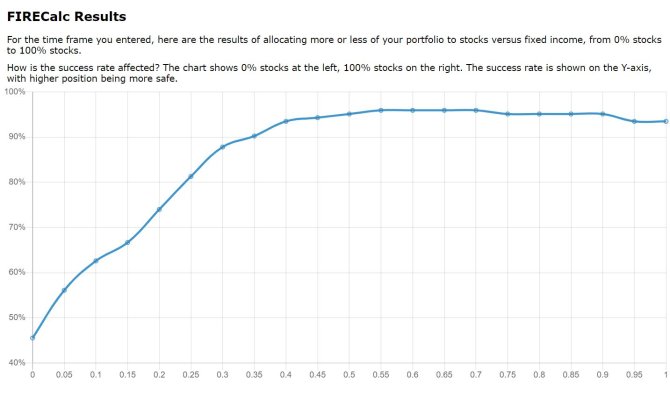brett
Give me a museum and I'll fill it. (Picasso) Give me a forum ...
- Joined
- Apr 24, 2010
- Messages
- 5,926
I know of several colleagues who got hammered on a downturn. 30-50 percent declines on their equity holdings.
They got nervous, bailed, and went with fixed. The missed the subsequent upturn. It cost them several years of early retirement.
They got nervous, bailed, and went with fixed. The missed the subsequent upturn. It cost them several years of early retirement.


